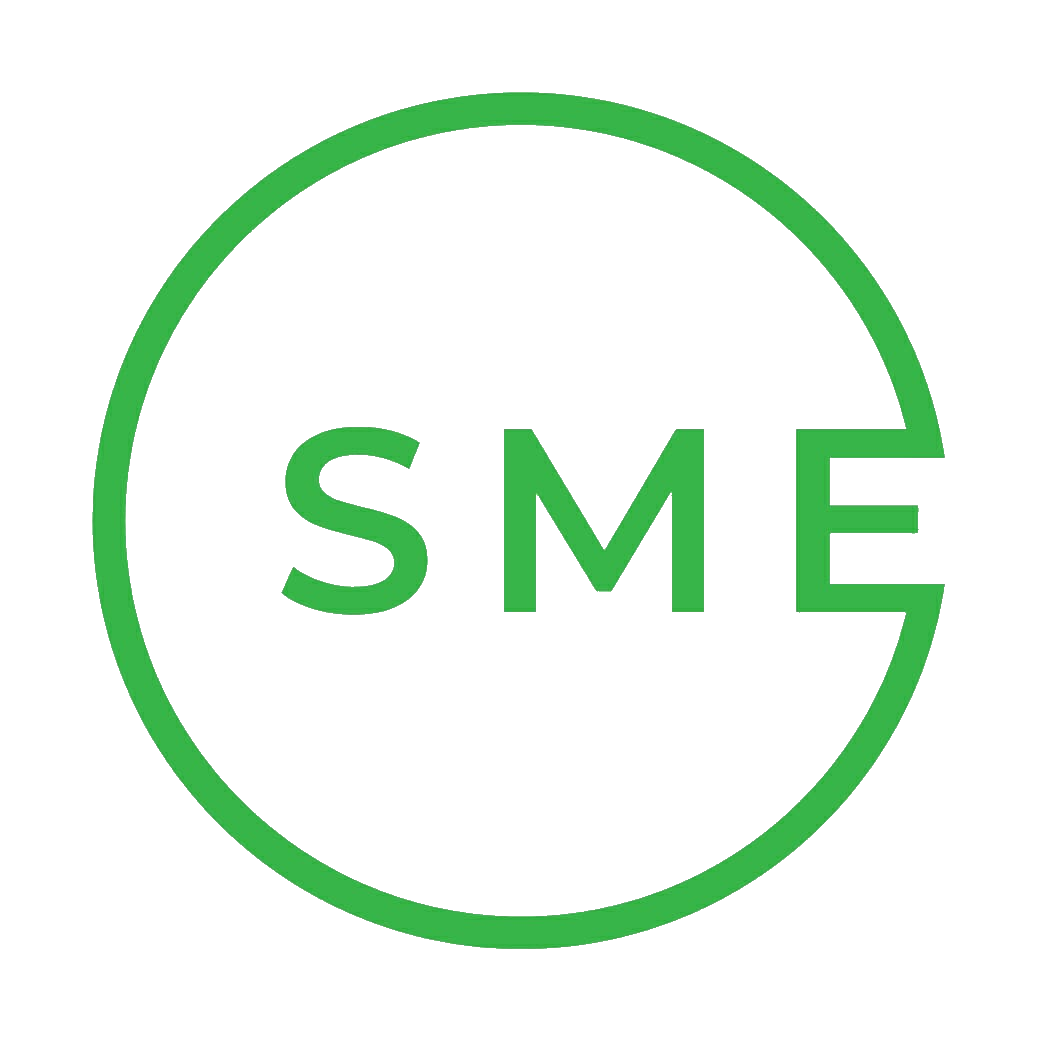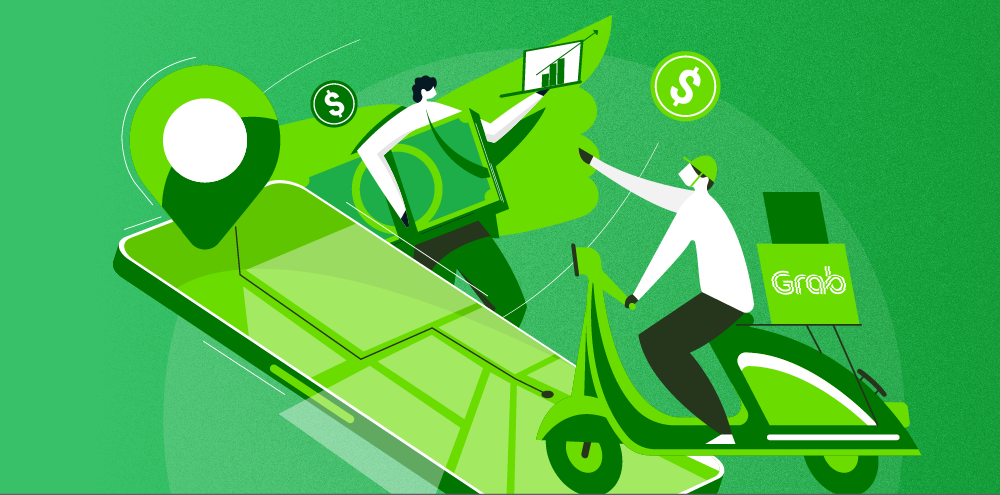Ride Hailing Network Disintermediation
It’s easy to think of Grab as the revolutionary Company that disintermediated the ride-hailing taxi network. But is that really all Grab inspires to be?
When co-founders Anthony and Hooi Ling got together, they tackled the transportation industry first, amidst harsh criticism from the mainstream taxi companies.
In fact, when they first launched, local Company ComfortDelgro was confident that the amateur standards of driving could not keep up with their robust legacy taxi network that served Singapore for decades. After all, they had created a school of drivers who were licensed to operate as the registered and official taxi drivers of Singapore. They had a monopoly of the taxi stands and the assistance of the tourism industry to facilitate easy access to tourist hotspots. The problem? Users didn’t want to flag taxis or walk to taxi stands anymore, they wanted to be picked up wherever they wanted to be. The international reach of Grab had transcended overseas borders and tourists were keen on using the Grab services in favour of the taxies.
Fast forward today, the transportation system coexists with other ride hailing companies such as Gojek, and Grab has even branched out to delivering food via Grabfood. Now, Grab has even expanded into a widespread payment service for merchants, competing with the payment rails giants like Visa and Mastercard.
Grab is a Fintech company
By creating a platform where drivers and riders connect, and where merchants and customers can make payments, they have effectively created a financial ecosystem of where Grab users can all reside in. Due to the frequent nature of these transactions, it makes sense for Grab users to ‘top up’ their grab accounts regularly. This is a big thing.
Starbucks is a company where Starbucks lovers can ‘top up’ their Starbucks account and claim for coffee at any of the Starbucks outlets worldwide. In the books of Starbucks, they have just received deferred revenue, and they have to repay this revenue with coffee, which they have an abundance of in their inventory. Until the users claims the coffee, that money is effectively sitting on Starbuck’s balance sheet as a 0% interest-free loan for Starbucks to invest and expand further around the world. How do we incentive people to keep topping up their accounts? Easy, by creating a rewards system.
Introducing Grab Rewards, which allowed users to accumulate points and even rank up in different tiers (from bronze to platinum) awards special privileges and point redemptions for their frequent and heavy users. This incentivises users to continue using their network because their support solidifies their position as a platinum member of Grab services. The ecosystem was extremely vast because food and transport is much more a necessity compared to coffee. This makes the Grab dollar extremely liquid and versatile. With all that was said and done, the next logical step was to become a bank.
Grab - The Next Bank
This fortifies Grab as a Company for users to deposit even more money onto the platform. Millennials are reaching the prime age to become high salary earners of the workforce. And they are growing up in an era where there is no incentive to keep their newfound money in the banks with the measly interest rates every year.
If you want to see the next big Company, see where the next generation of people are putting their money.
Millennials are most likely to try out new Companies. That’s why the telco industry is facing stiff competition with strong contenders with the likes of My Republic SG and Circles Life. And although banks continue to serve many high net worth clients, it is only a matter of time where the next generational of high net worth individuals must choose where they want to park their money. The older generation may not feel comfortable putting money in a digital bank with no bank branch. But the next door millennial is increasingly familiar with the age of information and disruptive technologies.
We’re not saying Grab will eat up the banking sector, we just believe that Grab’s strategic expansion across various sectors, disintermediating the redundant legacy systems and pocketing the middlemen profits is a fabulous success story.
What’s Next for Grab?
In all honesty, Grab is poised to be one of the Companies who is primed to launch their own cryptocurrency. In fact, they are already doing it now. The Grab dollar is effectively a ‘minted’ dollar in the Grab ledger. Tether (USDT), which has a market capitalisation well over USD50 billion dollars, was created for the sole purpose of facilitating transactions between the cryptocurrencies and the traditional US dollar.
By creating a token or coin, with an effective protocol on an efficiently designated blockchain, Grab can spearhead themselves with smart contracts to even run their operations.
Is this too difficult to believe? If Grab doesn’t experiment with smart contracts, we believe that there is a strong likelihood that well equipped Company or team with a successful smart contracts protocol can disintermediate Grab. First, with transportation, followed by payments network, and then, digital banking…
What do you think?

